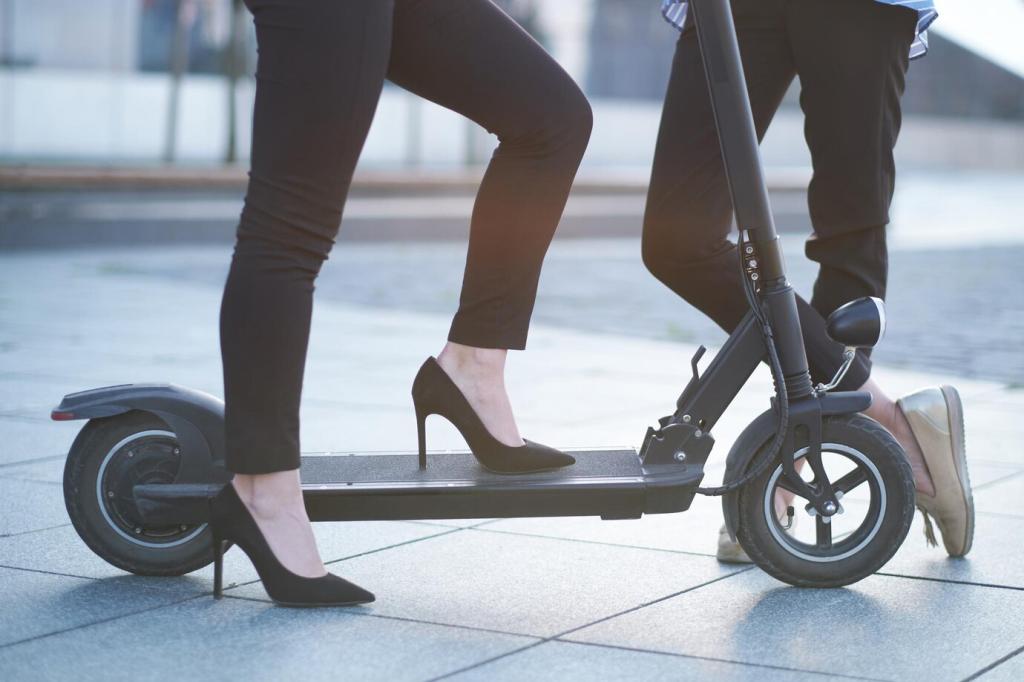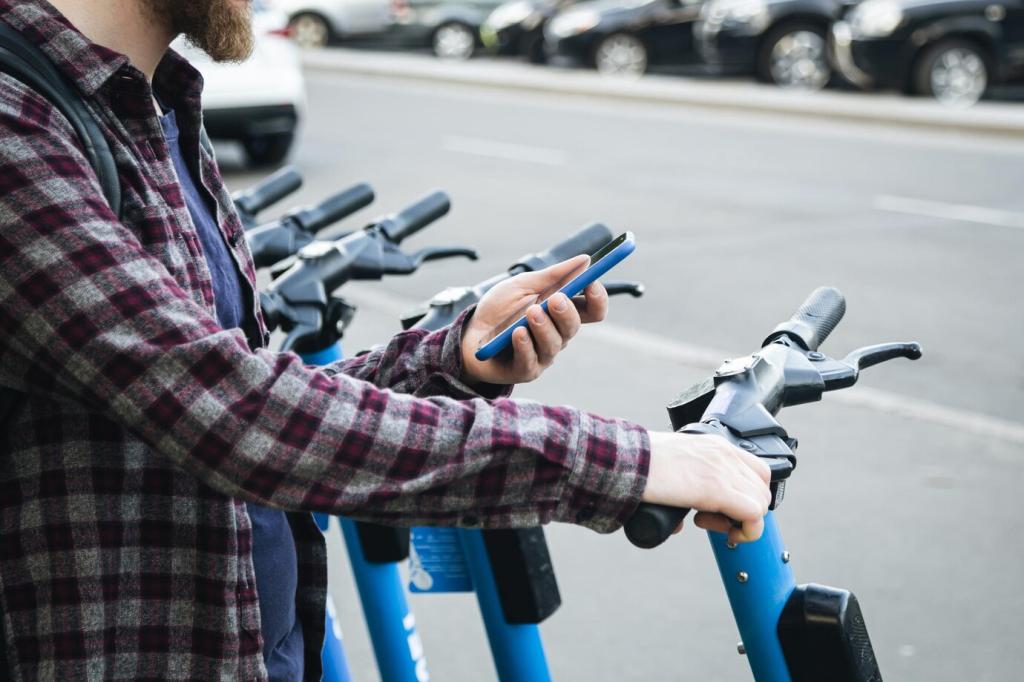Stories From the Street: Real IoT Impacts
During a stormy pilot in Seattle, humidity sensors flagged enclosure leaks before riders noticed. A quick seal redesign cut failures by half. Have weather war stories of your own? Tell us, and we’ll compile a community guide to climate-proofing scooters.
Stories From the Street: Real IoT Impacts
One operator mapped vibration spikes to hub wear and shifted maintenance from reactive to scheduled. Downtime fell, and satisfaction rose. What signal predicted trouble for you first? Share it and subscribe for our maintenance heuristics toolkit.







